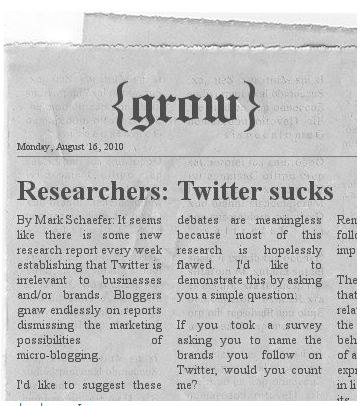
Yesterday, I went kayaking on Green Lake. It is Wisconsin’s deepest lake at 237 feet deep, and it is wide and windy. Paddle anywhere near an open bay, and you need the upper body strength of the Hulk to keep going. So I clung pretty close to sheltered shoreline. But, what I was thinking about was mostly this lesson I have decided is the most important thing I need to bring home from vacation.
In paddling, and in life, it is not actually necessary to paddle furiously the entire time, as is my tendency and I suspect most of yours.
It is actually OK to stop paddling, float for a while, and just look around you, savoring exactly where you are at this moment, rather than the next point at which you are trying to arrive.
If the swells are up and the wind is high, you might start getting pushed too close to a place you don’t want to be. So, you’ll need to redirect yourself from time to time.
And then, when you’re ready, you can start paddling furiously again, with renewed strength and focus.
This morning, I sat on the bench in this photo with my latte and gazed directly across the lake, at the point where my lovely childhood memories live (see previous post). And while I may or may not have shed a couple of tears thinking about how my past compares to my overall present non-vacation state of being, it’s a healthy thing to have one eye on the past, if it helps you redirect your future.
I had to overcome a lot of pressure to come back from vacation yesterday, to attend a meeting today that was planned long after this vacation was planned. And as important as my work is to me, it will never, ever be more important than this time to break away with my family to just enjoy the beauty of the moment and reflect on how we want our future to be.
What do you think? Are you capable of stopping the frantic paddling, to just float on the waves for a while? The last time you did so, what was the result?
Susan Spaight

